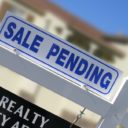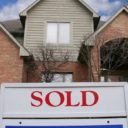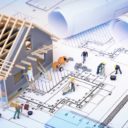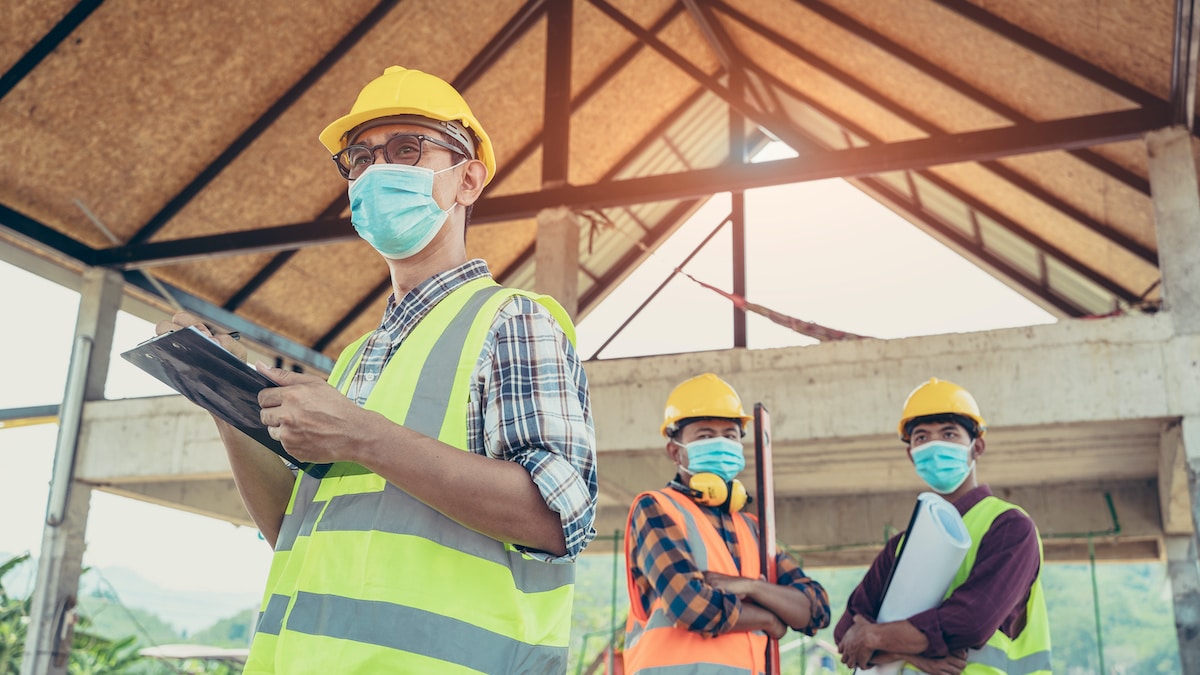
New Residential Construction Partially Rebounds, Further Indicates V-Shaped Recovery
Washington, D.C. (PPD) — New residential construction statistics for housing starts and building permits rose in May, despite lingering effects due to coronavirus (COVID-19). Many governments and businesses are operating on a limited capacity or have ceased operations completely.
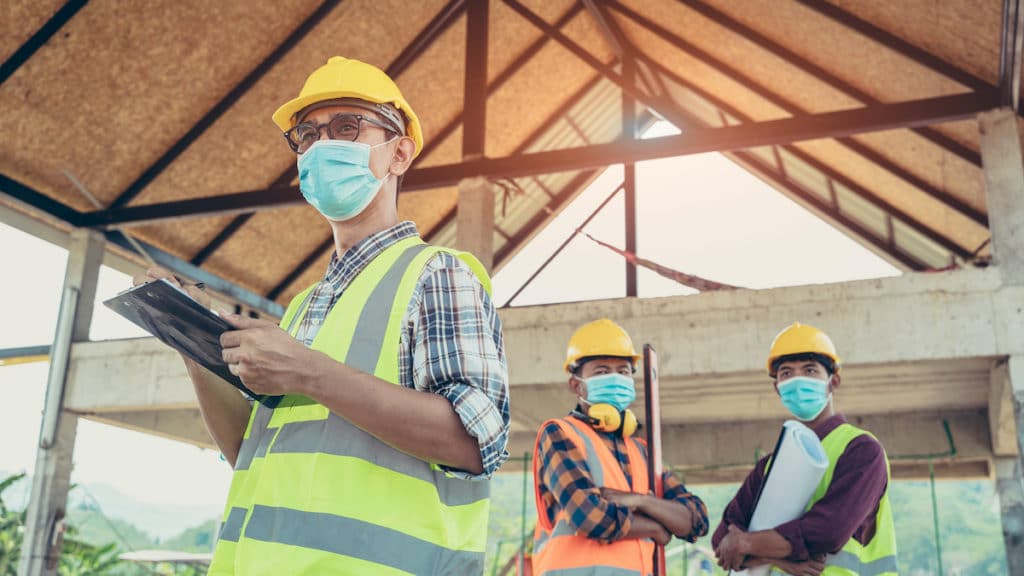
The new residential construction statistics report below is released jointly by the U.S. Census Bureau and the U.S. Department of Housing and Urban Development (HUD).
Building Permits
Privately-owned housing units authorized by building permits in May were at a seasonally adjusted annual rate of 1,220,000. That’s 14.4% (±1.1%) above the revised April rate of 1,066,000, but still 8.8% (±1.0%) below the May 2019 rate of 1,338,000.
Single-family authorizations came in at a rate of 745,000, which is 11.9% (±1.9%) higher than the revised April figure of 666,000. Authorizations of units in buildings with five units or more came in at a rate of 434,000.
Housing Starts
Privately-owned housing starts in May were at a seasonally adjusted annual rate of 974,000. That’s 4.3% (±15.5%) above the upwardly revised April estimate of 934,000, but still 23.2% (±6.2%) below the May 2019 rate of 1,268,000.
Single-family housing starts came in at a rate of 675,000, which is 0.1% (±11.9%) higher than the revised April figure of 674,000. The rate for units in buildings with five units or more was 291,000.
Housing Completions
Privately-owned housing completions in May were at a seasonally adjusted annual rate of 1,115,000. That’s 7.3% (±12.3%) below the revised April estimate of 1,203,000 and is 9.3% (±9.8%) below the May 2019 rate of 1,230,000.
Single-family housing completions came in at a rate of 791,000, which is 9.8% (±11.5%) less the revised April rate of 877,000. The rate for units in buildings with five units or more was 310,000.
Housing Market Poised to Lead V-Shape Recovery
On Tuesday, the NAHB Housing Market Index (HMI) reported builder confidence unexpectedly surged 21 points to 58 in June and housing is positioned to lead a post-pandemic recovery.


